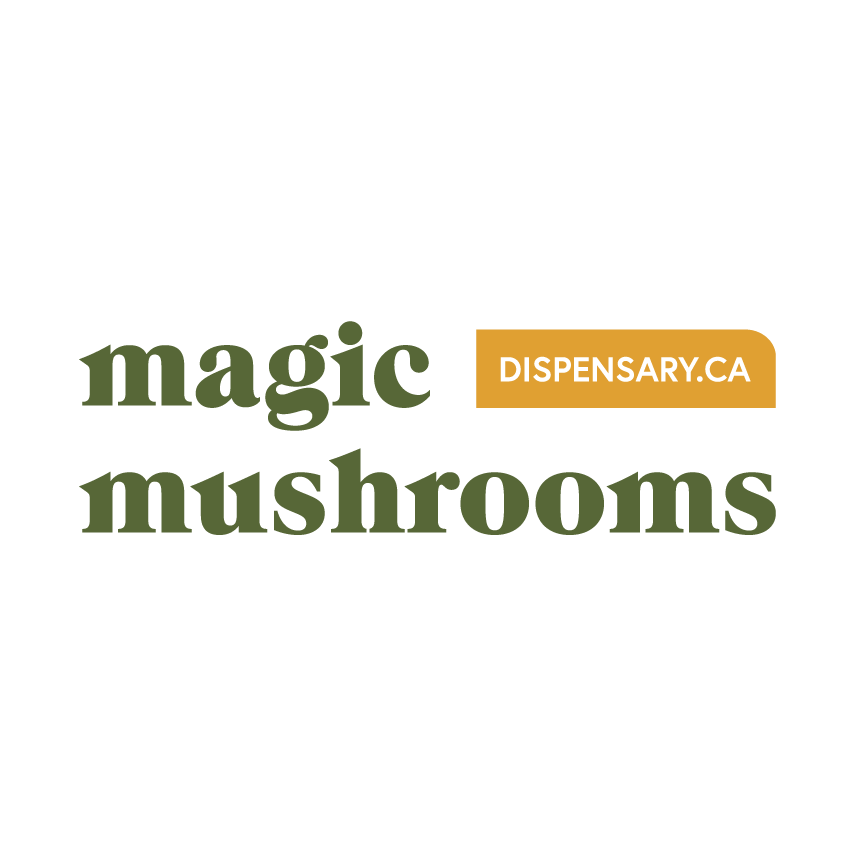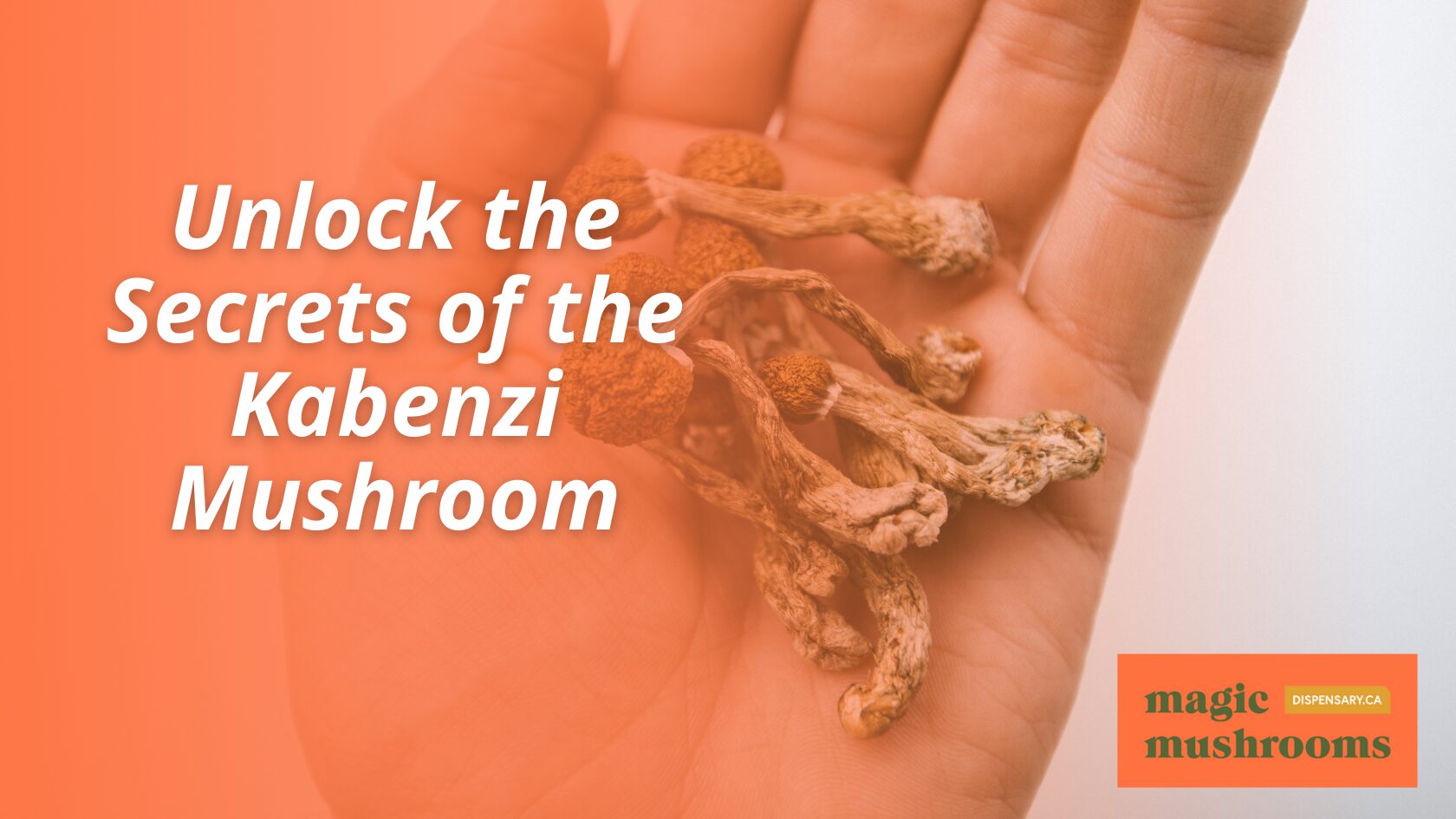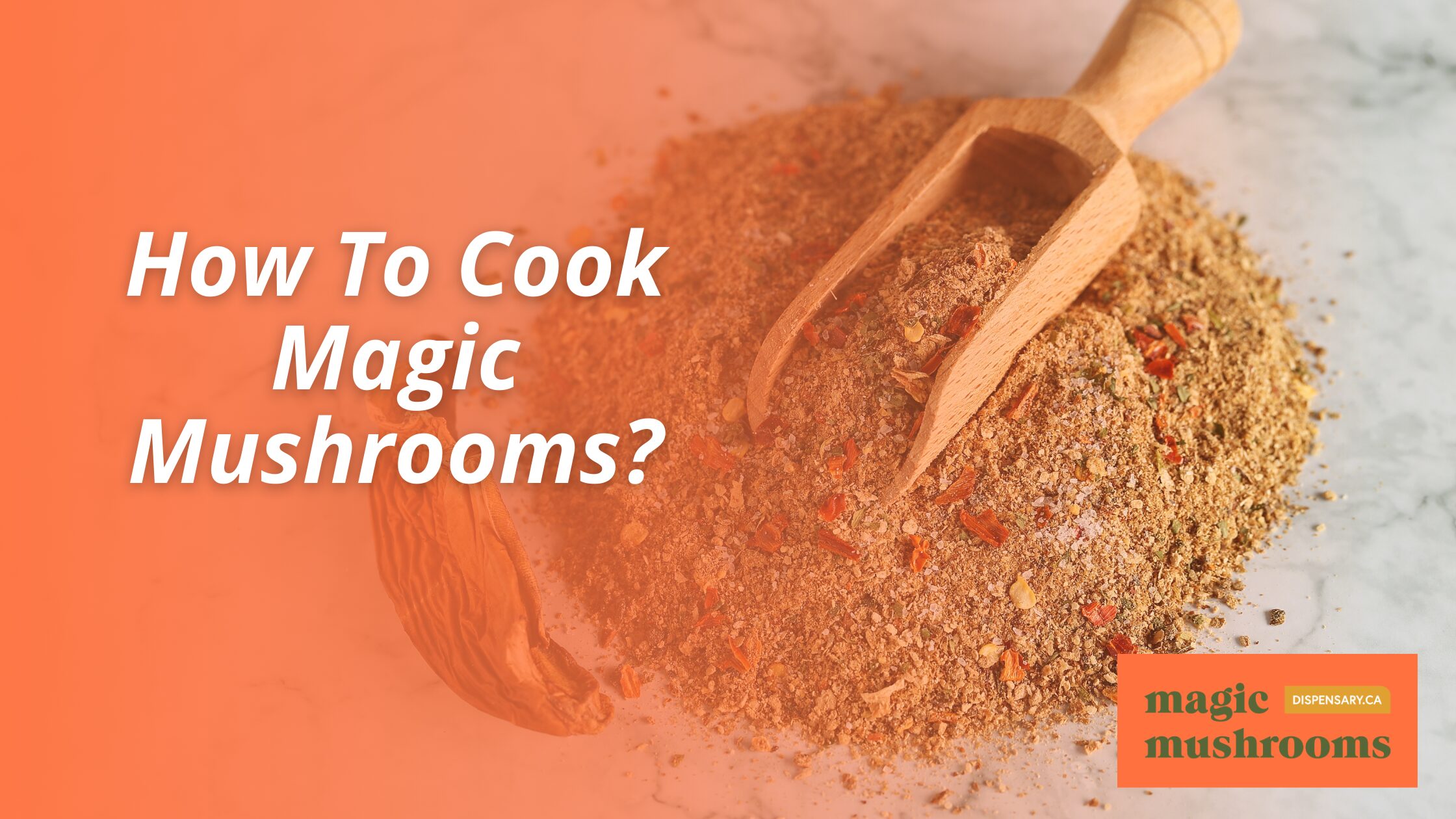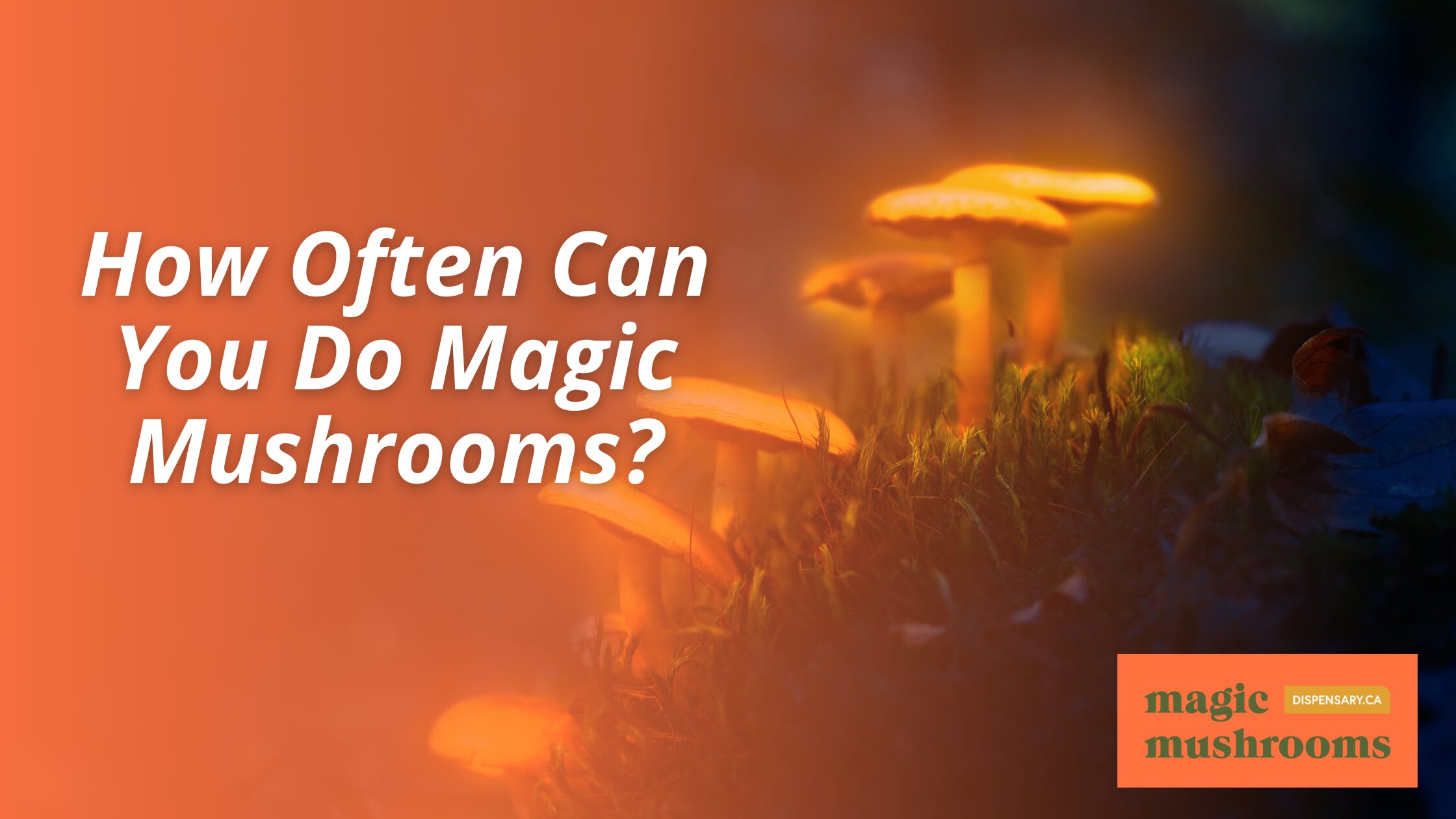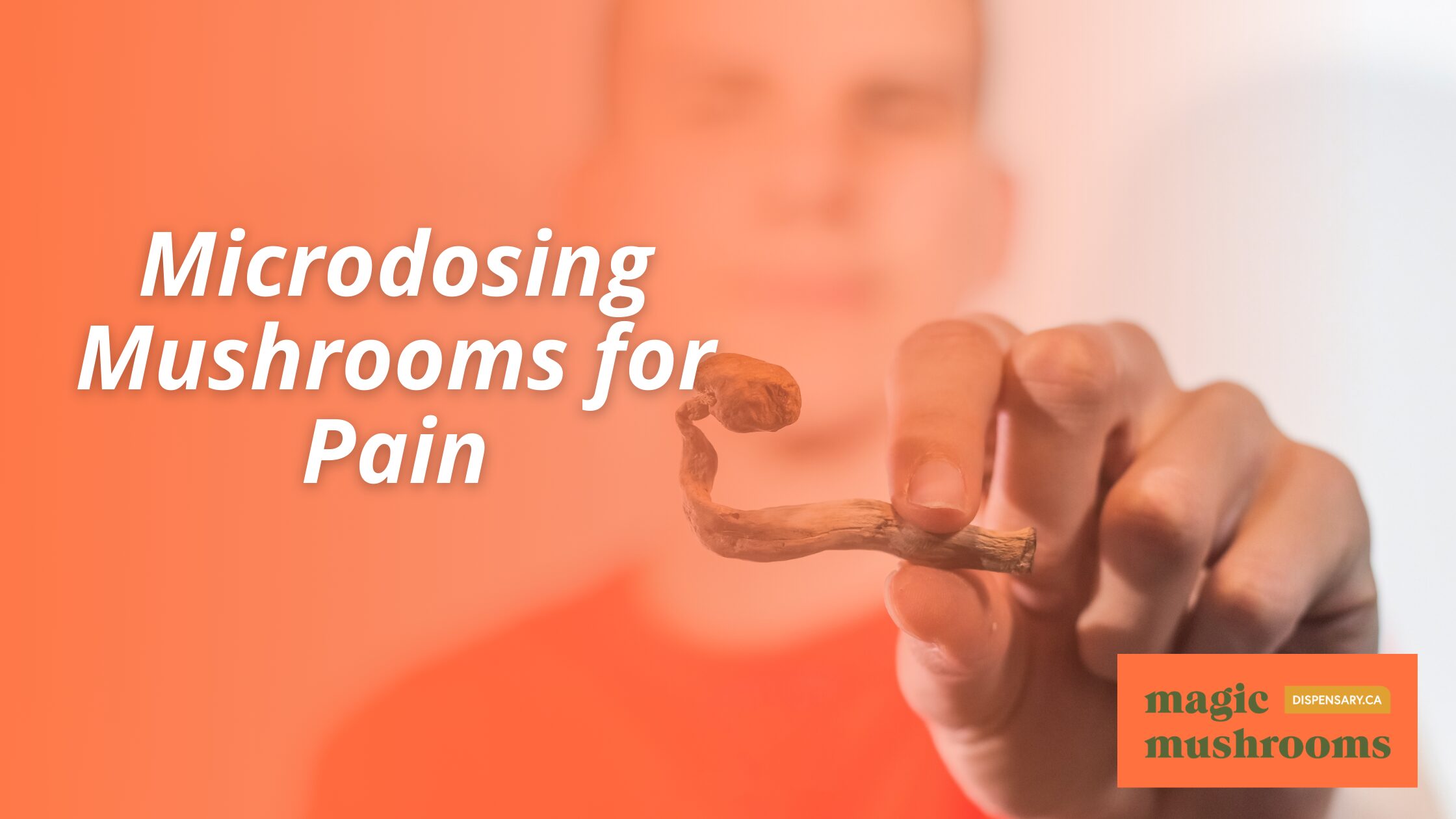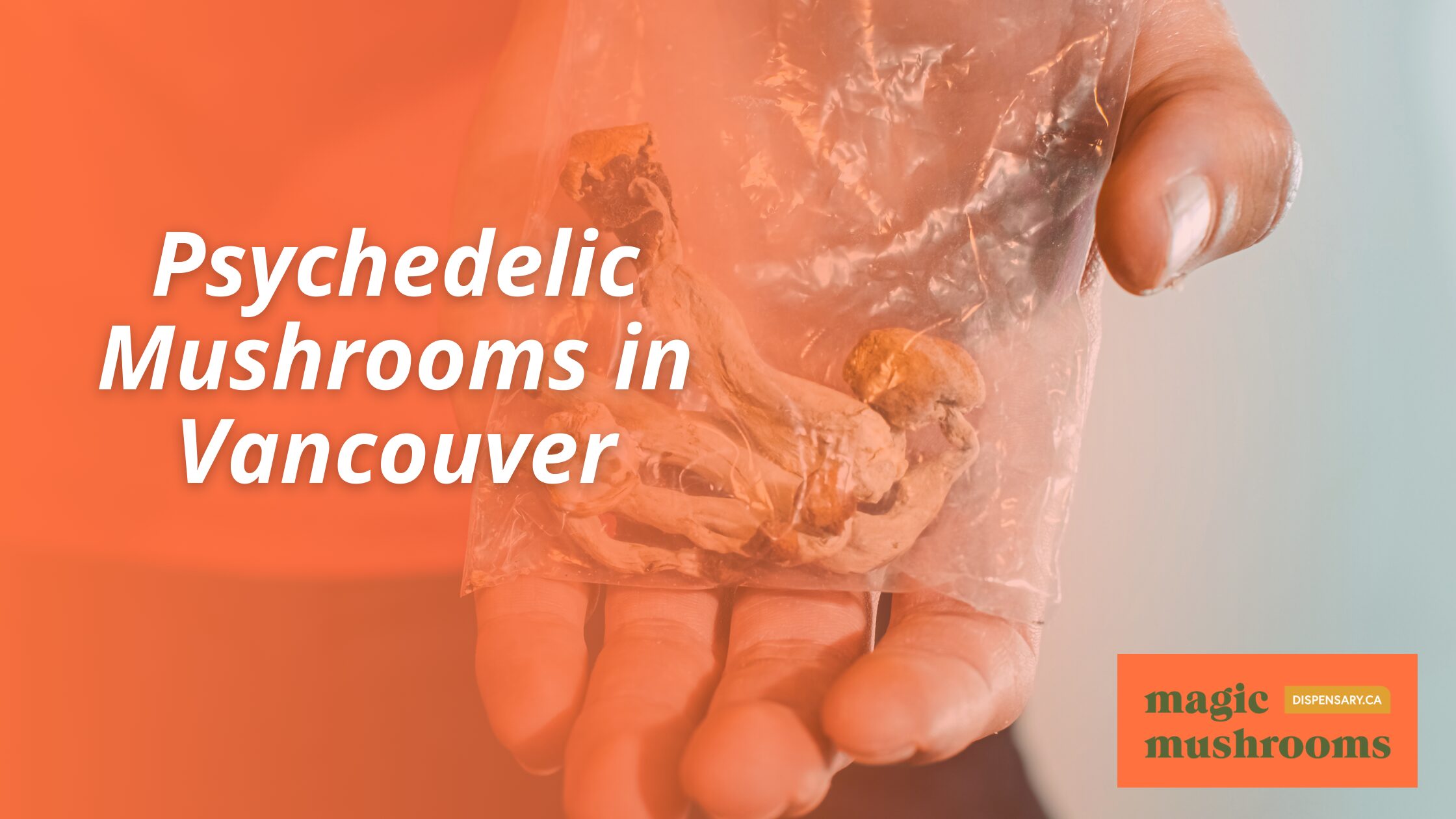Unlock the Secrets of the Kabenzi Mushroom: Why Everyone’s Talking About This Rare Psychedelic!
The Kabenzi mushroom is gaining attention for its unique features and potential benefits. As a rare psychedelic, it has captured the interest of both researchers and enthusiasts alike. This article explores its characteristics, historical use, and the excitement surrounding its psychedelic properties.
Key Takeaways
- The Kabenzi mushroom has distinct physical traits that set it apart from other mushrooms.
- Historically, it has been used in various cultures for rituals and healing practices.
- The active compounds in Kabenzi mushrooms can lead to profound psychological experiences.
- Cultivating Kabenzi mushrooms requires specific techniques to ensure healthy growth.
- Understanding the legal and ethical aspects is crucial for responsible use and harvesting.
The Unique Characteristics of the Kabenzi Mushroom
Morphological Features
The Kabenzi mushroom is notable for its distinct appearance. It typically has a conical cap that can range in color from light brown to dark reddish-brown. The stem is slender and can grow up to 10 cm tall. Here are some key features:
- Cap Diameter: 2-5 cm
- Stem Length: 5-10 cm
- Gills: Close and white, turning dark with age
Chemical Composition
The chemical makeup of the Kabenzi mushroom is what makes it particularly interesting. It contains several psychoactive compounds, primarily psilocybin and psilocin. These compounds are responsible for the mushroom’s hallucinogenic effects. A brief overview of its chemical profile includes:
| Compound | Concentration (mg/g) |
|---|---|
| Psilocybin | 0.5 – 1.5 |
| Psilocin | 0.1 – 0.5 |
| Baeocystin | Trace amounts |
Growth Conditions
Kabenzi mushrooms thrive in specific environments. They prefer damp, shaded areas, often found in forests. The following conditions are ideal for their growth:
- Temperature: 15-20°C
- Humidity: 80-90%
- Soil Type: Rich in organic matter
The Kabenzi mushroom’s unique characteristics make it a subject of interest for both researchers and enthusiasts alike. Its distinctive features and chemical properties contribute to its growing popularity in various fields.
Historical Context of Kabenzi Mushroom Use
Ancient Rituals and Practices
The Kabenzi mushroom has a rich history, often linked to spiritual practices among various cultures. These mushrooms were used in ancient rituals to connect with the divine and explore altered states of consciousness. Some key points include:
- Used in ceremonies for healing and guidance.
- Believed to enhance communication with ancestors.
- Integral to traditional medicine in specific communities.
Modern Rediscovery
In recent years, the Kabenzi mushroom has gained attention in the psychedelic community. Researchers and enthusiasts are exploring its potential benefits. Notable aspects include:
- Increased interest in psychedelic therapy.
- Rediscovery of ancient practices in modern contexts.
- A growing body of research supports its use.
Cultural Significance
The Kabenzi mushroom holds a special place in the cultures that utilize it. Its significance extends beyond mere consumption; it connects heritage and identity. Some cultural impacts are:
- Symbol of spiritual awakening.
- Used in art and literature to express more profound meanings.
- Promotes community bonding through shared experiences.
The Kabenzi mushroom is not just a substance; it embodies a rich tapestry of history, culture, and spirituality that continues to evolve today.
The Psychedelic Properties of Kabenzi Mushrooms
Active Compounds
Kabenzi mushrooms contain several active compounds that contribute to their psychedelic effects. The primary compound is psilocybin, which is known for its ability to alter perception and mood. Other compounds include:
- Psilocin: A derivative of psilocybin that directly affects serotonin receptors.
- Baeocystin: Thought to enhance the effects of psilocybin.
- Norbaeocystin: Another compound that may play a role in the overall experience.
Psychological Effects
The psychological effects of Kabenzi mushrooms can vary widely among users. Common effects include:
- Visual and auditory hallucinations.
- Altered sense of time.
- Enhanced emotional experiences.
- A feeling of connectedness to nature and others.
These effects can lead to profound insights and a sense of well-being, making them appealing for therapeutic use.
Therapeutic Potential
Research into the therapeutic potential of Kabenzi mushrooms is ongoing. Some promising areas include:
- Treatment of depression: Early studies suggest that psilocybin can help alleviate symptoms of depression.
- Anxiety reduction: Users often report decreased anxiety levels during and after experiences.
- Addiction therapy: There is potential for using these mushrooms in treating various addictions.
The exploration of Kabenzi mushrooms in therapy highlights their unique properties and the need for further research to understand their full potential.
In summary, the Kabenzi mushroom’s psychedelic properties stem from its unique chemical makeup, leading to various psychological effects and promising therapeutic applications. Understanding these aspects is crucial as interest in these mushrooms continues to grow, especially in the context of mental health treatment.
Cultivation Techniques for Kabenzi Mushrooms
Indoor vs. Outdoor Cultivation
Cultivating Kabenzi mushrooms can be done both indoors and outdoors, each method having its advantages. Indoor cultivation allows for better control over environmental factors, while outdoor cultivation can utilize natural conditions. Here are some key points to consider:
- Indoor:
- Controlled temperature and humidity
- Reduced risk of contamination
- Requires more equipment
- Outdoor:
- Utilizes natural sunlight
- Lower initial costs
- Dependent on seasonal changes
Substrate Preparation
The substrate is crucial for the growth of Kabenzi mushrooms. A suitable substrate can enhance yield and quality. Common substrates include:
- Straw
- Wood chips
- Coffee grounds
Proper preparation involves sterilizing the substrate to eliminate unwanted organisms. This can be done through:
- Boiling
- Pressure cooking
- Chemical treatments
Harvesting Methods
Harvesting Kabenzi mushrooms requires careful timing and technique to ensure quality. Here are some methods:
- Manual picking: Gently twist and pull the mushrooms from the substrate.
- Cutting: Use a sharp knife to cut the stem at the base.
- Timing: Harvest when the caps are fully opened before they drop spores.
Cultivating Kabenzi mushrooms can be a rewarding experience, but it requires attention to detail and a commitment to best practices.
In summary, whether you choose indoor or outdoor cultivation, proper substrate preparation, and careful harvesting are essential for successful Kabenzi mushroom cultivation. Understanding these techniques can lead to a fruitful yield and a deeper appreciation for this unique species.
Psilocybe cubensis is often compared to Kabenzi mushrooms, highlighting the diversity within the psychedelic mushroom family.
Legal Status and Ethical Considerations

Current Legal Framework
The legal status of the Kabenzi mushroom varies significantly across different regions. In many countries, psilocybin mushrooms, including Kabenzi, are classified as controlled substances. However, some places, like the Netherlands, allow specific uses. In the United States, psilocybin is generally illegal, although some areas have decriminalized it. Understanding these laws is crucial for anyone interested in Kabenzi mushrooms.
Ethical Harvesting Practices
When it comes to harvesting Kabenzi mushrooms, ethical practices are essential. Here are some key points to consider:
- Sustainable harvesting: Ensure that mushroom picking does not harm the ecosystem.
- Respect local laws: Always follow the legal guidelines in your area.
- Support local communities: Engage with indigenous practices and respect their knowledge.
Impact on Indigenous Communities
The Kabenzi mushroom holds cultural significance for many indigenous groups. It is important to recognize their rights and traditions.
Ethical considerations surrounding the Kabenzi mushroom are not just about legality; they also involve respect for cultural practices and the environment.
In summary, the Kabenzi mushroom’s legal status is complex and varies by location. Ethical harvesting and respect for indigenous communities are vital for sustainable practices.
Scientific Research on Kabenzi Mushrooms
Recent Studies
Research on the Kabenzi mushroom has gained momentum in recent years. Scientists are uncovering its unique properties that may have significant implications for mental health. Studies have shown that the active compounds in Kabenzi mushrooms can influence brain activity, leading to altered perceptions of time and self. This is similar to findings related to psilocybin in other magic mushrooms, which can distort the sense of space and time during a trip.
Potential Medical Applications
The potential medical applications of Kabenzi mushrooms are vast. Some key areas of interest include:
- Treatment of depression: Early studies suggest that Kabenzi mushrooms may help alleviate symptoms of depression.
- Anxiety reduction: Research indicates that these mushrooms could play a role in reducing anxiety levels.
- Addiction therapy: There is growing interest in using Kabenzi mushrooms to assist in addiction recovery.
Challenges in Research
Despite the promising findings, research on Kabenzi mushrooms faces several challenges:
- Legal restrictions: The legal status of psychedelic substances can hinder research efforts.
- Funding limitations: Securing funding for studies on psychedelics is often tricky.
- Public perception: Stigma surrounding psychedelics can affect participation in studies.
The exploration of Kabenzi mushrooms in scientific research is still in its infancy, but the potential benefits could reshape our understanding of mental health treatments.
Comparative Analysis with Other Psychedelic Mushrooms

Psilocybe Cubensis vs. Kabenzi
The Kabenzi mushroom is often compared to Psilocybe cubensis, a more common psychedelic mushroom. Here are some key differences:
- Potency: Kabenzi mushrooms tend to have a higher concentration of psychoactive compounds.
- Appearance: Kabenzi mushrooms have distinct morphological features that differentiate them from Psilocybe cubensis.
- Effects: Users report different psychological effects, with Kabenzi often described as more intense.
Potency and Dosage
When considering potency, it is essential to understand the dosage. Below is a table comparing the average potency of Kabenzi mushrooms with other popular psychedelics:
| Mushroom Type | Average Potency (mg/g) | Recommended Dosage (g) |
|---|---|---|
| Kabenzi | 1.5 | 1-2 |
| Psilocybe cubensis | 0.6 | 2-3 |
| Psilocybe semilanceata | 0.8 | 1-2 |
User Experiences
User experiences can vary widely. Here are some common themes:
- Visual Distortions: Many users report enhanced visual experiences with Kabenzi.
- Emotional Insights: Users often describe profound emotional insights during their trips.
- Duration: Kabenzi mushrooms’ effects may last longer than other varieties.
The Kabenzi mushroom stands out not only for its unique characteristics but also for its potential to offer deeper psychological experiences compared to more common psychedelics.
In summary, while Kabenzi mushrooms share similarities with other psychedelic varieties, their unique properties and effects make them a subject of growing interest in both recreational and therapeutic contexts.
Safety and Risk Management

Identifying Toxic Look-Alikes
When exploring the world of Kabenzi mushrooms, it is crucial to be aware of toxic look-alikes. Here are some key points to consider:
- Know the differences: Familiarize yourself with the unique features of Kabenzi mushrooms to avoid confusion with harmful species.
- Consult experts: Always seek guidance from knowledgeable foragers or mycologists.
- Use reliable resources: Reference trusted field guides or apps for identification.
Safe Consumption Practices
To ensure a safe experience with Kabenzi mushrooms, follow these guidelines:
- Start with a low dose: This helps gauge your body’s reaction.
- Be in a safe environment: Choose a comfortable and familiar setting.
- Have a sober sitter: A trusted friend can help manage unexpected effects.
Managing Adverse Effects
While Kabenzi mushrooms are generally considered safe, some users may experience adverse effects. Here are steps to manage them:
- Stay calm: Remind yourself that the effects are temporary.
- Hydrate: Drink water to help alleviate discomfort.
- Seek help if needed: If feelings of anxiety or distress persist, don’t hesitate to reach out for support.
It is important to note that psilocybin has low toxicity, making serious health risks rare.
| Effect Type | Description |
|---|---|
| Positive Effects | Euphoria, enhanced creativity |
| Neutral Effects | Altered perception, introspection |
| Negative Effects | Anxiety, nausea |
The Future of Kabenzi Mushrooms in Medicine
Ongoing Clinical Trials
The future of Kabenzi mushrooms in medicine looks promising, especially with the rise of clinical trials exploring their effects. These trials aim to:
- Assess the safety and efficacy of Kabenzi mushrooms in treating various mental health conditions.
- Investigate their potential in pain management and addiction therapy.
- Explore their role in enhancing overall well-being.
Regulatory Hurdles
Despite the excitement, there are significant regulatory hurdles that must be overcome. These include:
- Navigating the complex legal landscape surrounding psychedelics.
- Gaining approval from health authorities for clinical use.
- Addressing public concerns about safety and misuse.
Potential for Mainstream Acceptance
As research progresses, there is a growing belief that Kabenzi mushrooms could achieve mainstream acceptance in the medical community. This could lead to:
- Increased funding for research and development.
- Wider availability of Kabenzi mushrooms for therapeutic use.
- Greater public awareness and education about their benefits.
The resurgence of interest in psychedelics, particularly in the context of mental health, suggests a shift in societal attitudes that may favor the integration of Kabenzi mushrooms into medical practices.
In summary, while challenges remain, the future of Kabenzi mushrooms in medicine is filled with potential, driven by ongoing research and changing perceptions.
Economic and Environmental Impact of Kabenzi Mushroom Cultivation

Market Demand and Supply
The Kabenzi mushroom has seen a surge in interest due to its unique properties. This has led to an increase in market demand, which can be summarized as follows:
- Growing popularity among wellness communities.
- Increased research funding for its potential benefits.
- Rising consumer awareness about psychedelic substances.
Sustainable Farming Practices
Cultivating Kabenzi mushrooms can be done sustainably, which is crucial for environmental health. Key practices include:
- Using organic substrates to minimize chemical use.
- Implementing crop rotation to maintain soil health.
- Utilizing local resources to reduce transportation emissions.
Economic Benefits to Local Communities
The cultivation of Kabenzi mushrooms can provide significant economic advantages:
- Job creation in rural areas.
- Increased income for local farmers.
- Development of new markets for psychedelic products.
The cultivation of Kabenzi mushrooms not only supports local economies but also promotes sustainable practices that benefit the environment.
In summary, the Kabenzi mushroom’s cultivation presents both economic opportunities and environmental responsibilities that must be balanced for long-term success.
Integrating Kabenzi Mushrooms into Wellness Practices
Microdosing Trends
Microdosing with Kabenzi mushrooms is gaining popularity as a way to enhance daily life. Many users report benefits such as:
- Increased creativity
- Improved focus
- Enhanced emotional well-being
Microdosing involves taking small amounts of the mushroom, typically around 1/10th of a full dose, to avoid intense psychedelic experiences while still reaping some benefits.
Holistic Health Benefits
Kabenzi mushrooms are believed to offer various holistic health benefits, including:
- Alleviating anxiety and depression
- Promoting mindfulness and self-awareness
- Supporting spiritual growth and connection
User Testimonials
Many individuals have shared their experiences with Kabenzi mushrooms, highlighting their transformative effects. Here are a few common themes from user testimonials:
- Enhanced connection to nature
- Greater emotional clarity
- Improved social interactions
The integration of Kabenzi mushrooms into wellness practices reflects a growing interest in natural methods for personal growth and healing. Their use in rituals, such as those seen in the Mazatec culture, emphasizes their potential for fostering deep connections with oneself and the environment.
In summary, Kabenzi mushrooms are becoming a significant part of wellness practices, offering various benefits that many find appealing. As more people explore these mushrooms, their role in holistic health continues to evolve.
Kabenzi mushrooms can be a great addition to your wellness routine. They may help improve your mood and boost your creativity. If you’re curious about how to use them, check out our website for more information and products that can enhance your experience!
Conclusion
The Kabenzi mushroom is gaining attention for its unique properties and potential benefits. As more people explore its effects, it’s essential to approach this rare psychedelic with care and respect. Understanding its history and cultural significance can help us appreciate its role in various traditions. While the excitement around the Kabenzi mushroom grows, ongoing research will be crucial in uncovering its full potential and ensuring safe use. As we continue to learn, we must remain mindful of the responsibilities of exploring such powerful substances.
Frequently Asked Questions
What is the Kabenzi mushroom?
The Kabenzi mushroom is a rare psychedelic mushroom known for its unique effects and properties.
Where can I find Kabenzi mushrooms?
These mushrooms typically grow in specific environments, often in damp, forested areas.
Are Kabenzi mushrooms safe to consume?
While many people use them safely, it’s essential to be aware of potential risks and to know how to identify them.
What are the effects of Kabenzi mushrooms?
Users report various effects, including changes in perception, mood, and thought patterns.
How do I cultivate Kabenzi mushrooms?
Cultivating Kabenzi mushrooms requires specific conditions, including the right substrate and environment.
Is it legal to use Kabenzi mushrooms?
The legal status of Kabenzi mushrooms varies by location, so it’s essential to check local laws.
Can Kabenzi mushrooms be used for therapy?
Some studies suggest these mushrooms may have therapeutic benefits, but more research is needed.
What should I do if I have a terrible experience with Kabenzi mushrooms?
If you experience adverse effects, it’s essential to stay calm and seek help if necessary.
